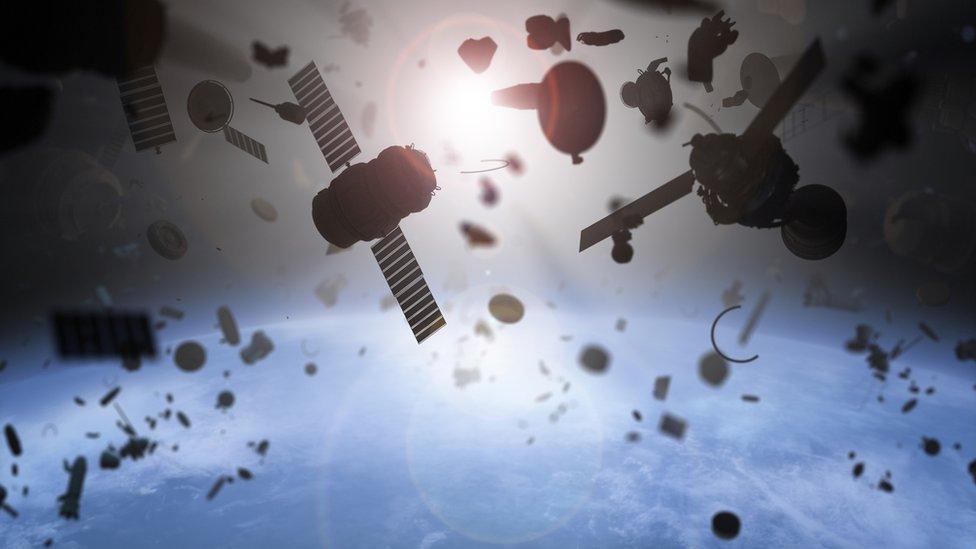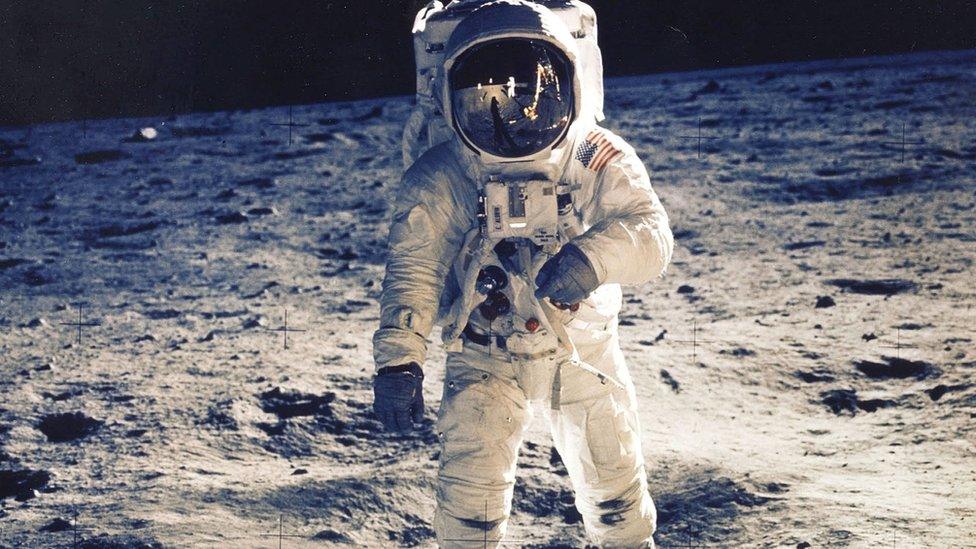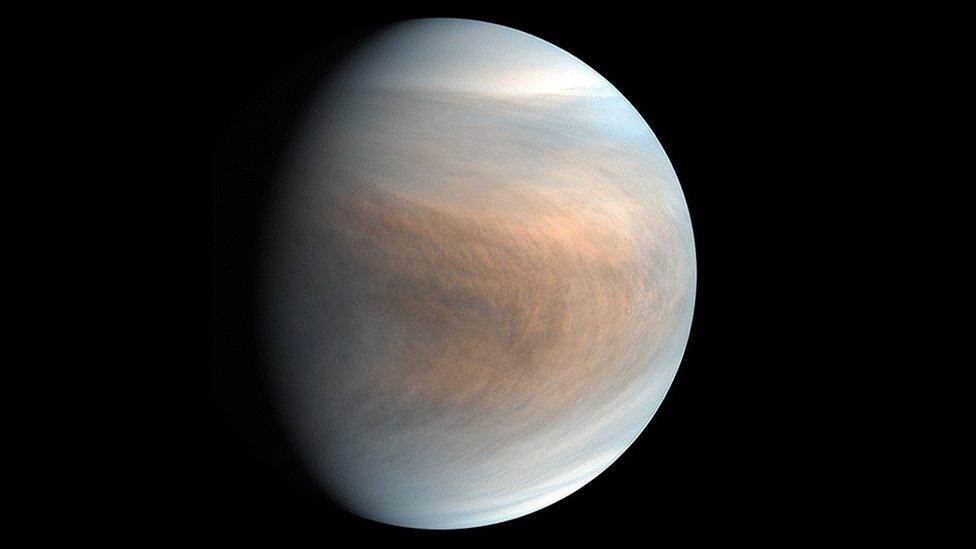UK to help build new 'space junk claw' in mission to remove debris from space
- Published
- comments

The UK will be part of a new mission to remove pieces of debris from space, and will help build a new 'space junk claw'.
The claw, which will be the first satellite to remove litter from space, has been described as 'vital technology' to help with the mission.
It will be part of a mission called Clearspace-1, which is planned for 2025 and is the first space mission dedicated to removing existing objects in orbit... so a pretty big first step towards a cleaner space environment!
Why does space need to be cleaned?
For fourteen billion years, between the big bang and the autumn of 1957, space was sparkling clean.
But since 1957, us humans have put almost 10,000 satellites into the sky, and most of those are now defunct or destroyed.
That means there are now an estimated 160 million objects in orbit around Earth- and most of those are "space junk".
Space junk is debris that comes in all sorts of different shapes and sizes. It could be old rocket bodies, or a camera, or a household item dropped by an astronaut!

Things that have been dropped by astronauts in space are classed as space junk
Science Minister Amanda Solloway said: "We plan to be at the forefront of efforts to track and remove this junk, and I am delighted that technology supporting this pioneering ambition is going to be made right here in Britain."
The junk claw will use a pincer motion to collect debris, before giving it a controlled re-entry into Earth's atmosphere, meaning it will be able to decompose safely and away from life.
UK Aerospace and defence company, Elecnor Deimos, will design Clearspace-1's Attitude and Orbit Control System (AOCS) which will orientate and position the satellite to help grab the space junk, using power generators, thrusters and antennas.
Earlier in 2020, the UK Space Agency announced several new investments through its space surveillance and tracking (SST) programme. The aim is to get better at tracking and monitoring space junk that could potentially be dangerous if it collided with satellites, or even the International Space Station.
In 2018, 186 miles above the Earth, a British satellite sent a net into orbit to show how to capture space debris. This was part of a mission to test the methods of cleaning up space junk.
Related topics
- Published19 September 2018

- Published14 September 2020

